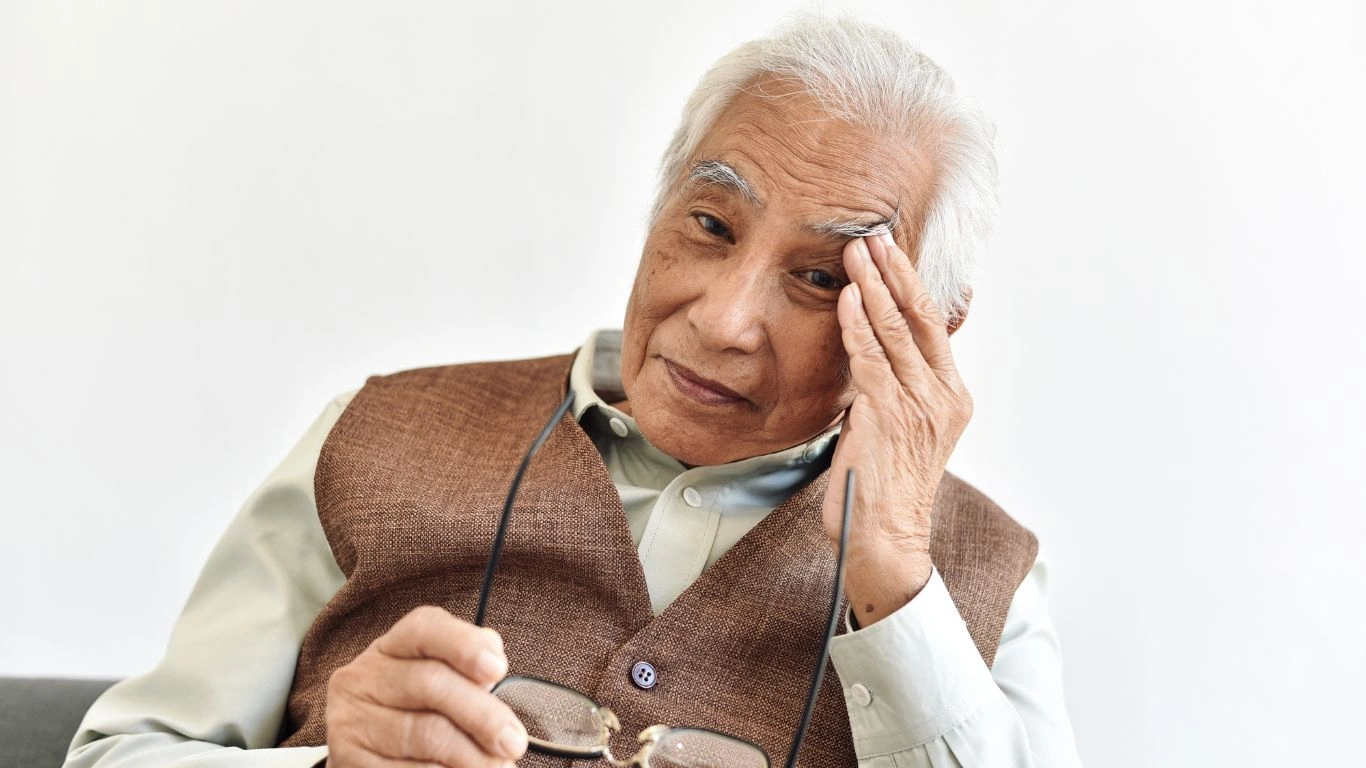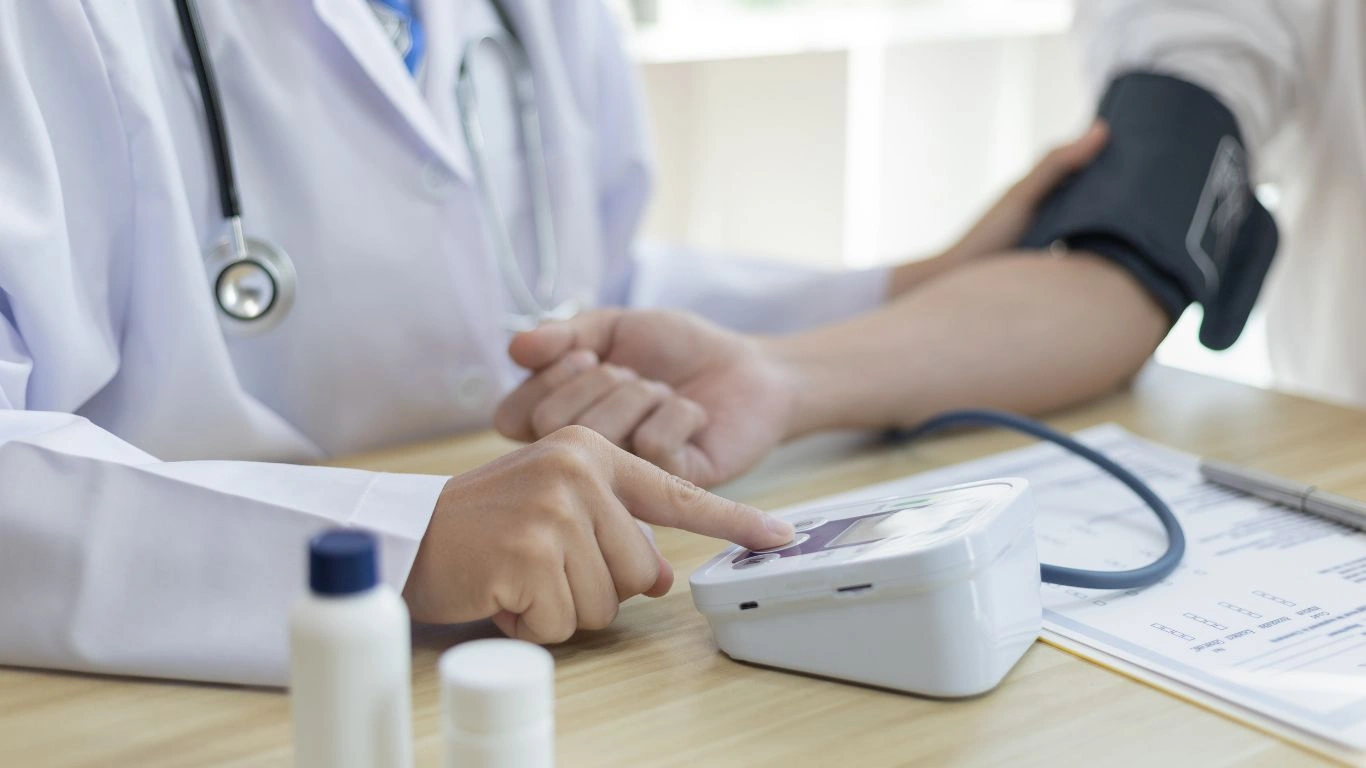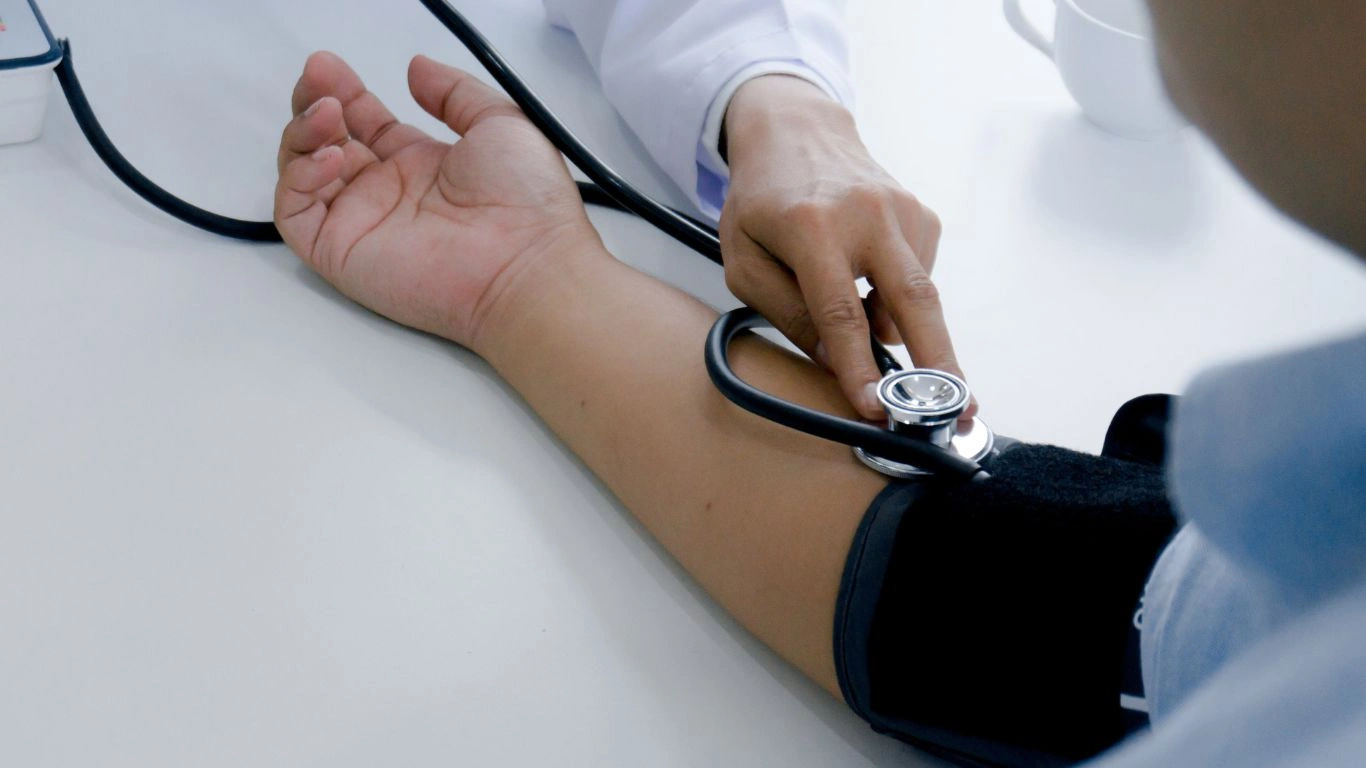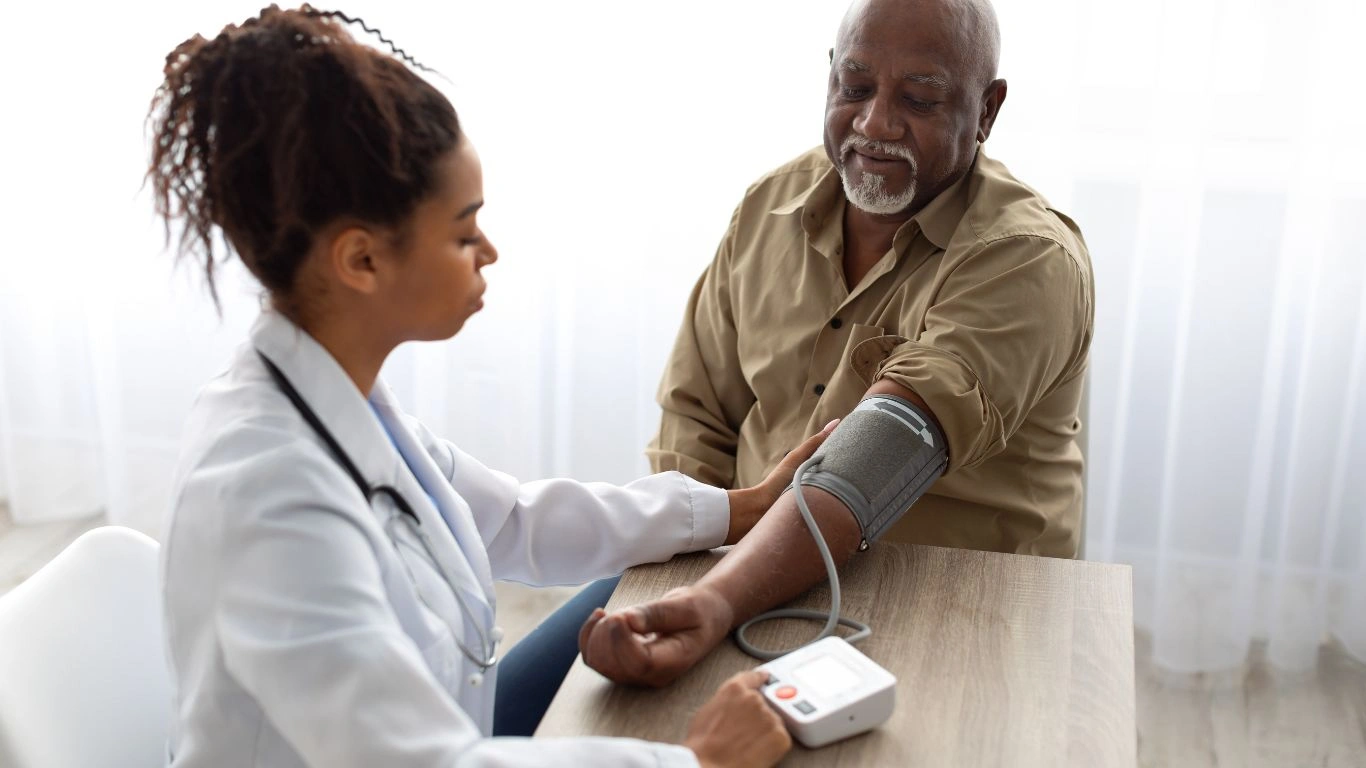Proven Tips to Stabilize BP During Travel Without Stress
Traveling is one of life’s greatest joys—but if you’re managing high blood pressure like many of my patients do, the question of how to stabilize BP during travel becomes a big part of the conversation. As an Internal Medicine Physician who’s had countless hallway chats with patients about their vacation plans, I can tell you—planning ahead isn’t just smart, it’s essential. You’d be amazed at how a slight shift in routine (new foods, jet lag, missed meds) can send blood pressure on a rollercoaster ride. Been there, counseled that!
Why Travel Disrupts Blood Pressure More Than You’d Think

Most folks underestimate just how many factors can throw off their BP while they’re on the road—or in the air. From salty airport snacks to that skipped walk you’d usually take after dinner, even little things can add up.
Common BP Triggers While Traveling
- Irregular medication schedules – Changing time zones? It messes with your rhythm, and sometimes your pill schedule pays the price.
- Increased sodium intake – Hotel food, fast food, and those little airplane meals? Usually loaded with salt.
- Stress and anxiety – Missed flights, language barriers, or even packing last minute (guilty!) can all raise your BP.
- Dehydration – Planes have dry air, sightseeing keeps you moving, and suddenly you’re three bottles behind on water.
In clinic, I’ve seen blood pressure creep up just from someone sitting on a long-haul flight, barely moving, and not drinking enough water. And let’s be real—nobody’s reaching for celery sticks in the airport terminal.
Before You Go: Pre-Trip BP Prep Checklist

One thing I always tell my patients is: your trip starts at home. Stabilizing your BP while traveling starts before you even lock the front door. Here’s my go-to list, which I’ve used myself when traveling to conferences or taking a family getaway.
1. Schedule a Pre-Travel BP Review
Let your primary care doc—or better yet, your hypertension specialist—know you’re heading out of town. We’ll often adjust doses slightly or give guidance based on your destination. High-altitude trip? Hot climate? There are nuances we can plan for.
2. Pack a BP Travel Kit
- Digital BP monitor – Preferably one you’ve used before and trust.
- Medication list – Include generic names and dosages (just in case meds get lost).
- Back-up prescriptions – Request extras. Pharmacies abroad aren’t always accessible or carry your specific meds.
- Portable pill organizer – Makes it easier to stick to your schedule when your days are full.
3. Double Check Your Med Timing
This is one that trips up even the most disciplined patients. When you cross time zones, it’s not always clear when to take your next dose. I usually recommend keeping your watch (or phone alarm) set to your “home time” for the first day or two—then ease into your new schedule gradually. When in doubt, talk to your doctor beforehand about creating a time-adjusted plan.
Stay Ahead of the Curve with Healthy Travel Habits

As someone who’s spent way too many nights in hotel rooms flipping through TV channels and eating late-night snacks, I get it—travel routines aren’t always healthy ones. But small intentional actions can go a long way in keeping your BP stable.
Simple Habits to Support Stable BP
- Walk whenever possible – Airports, train stations, hotel hallways. Movement helps regulate pressure.
- Hydrate often – Carry a refillable bottle. Set reminders if you’re the forgetful type (guilty again!).
- Mind the menu – Opt for grilled over fried, ask for dressings/sauces on the side, and don’t be afraid to ask how something’s prepared.
- Sleep smart – Bring earplugs, a sleep mask, or a travel pillow. Poor sleep = elevated BP.
Honestly, the biggest thing I notice in my own travels and those of my patients is this: when you stick to just a few core habits, the rest tends to fall in line. It’s not about being perfect—it’s about being aware and adaptable. Your BP will thank you for it.
Smart Strategies for BP Stability While in Transit

Okay, so you’ve prepped like a pro and hit the road. Now what? This is where a lot of patients get tripped up. You’re suddenly out of routine, eating in new places, and trying to squeeze in sightseeing or meetings. But honestly, how to stabilize BP during travel isn’t about being perfect—it’s about making micro-decisions throughout your day.
Stay Moving, Even in Tight Spaces
Ever try doing leg lifts in a cramped airplane seat? Not glamorous, I know—but circulation matters. Blood pressure tends to creep up when you’re sitting for too long, especially on long-haul flights or road trips.
- Walk the aisle every hour if you’re flying. Even a short stretch helps.
- Use airport layovers to your advantage – Skip the people mover and walk your terminal instead.
- Road tripping? Build in stretch breaks every 2 hours. I’ve even recommended patients set alarms for this!
Once, on a flight to a medical conference, I spent 10 minutes doing ankle circles and shoulder rolls mid-air. Did I look odd? Maybe. But my BP monitor thanked me later.
Snack Like Your Arteries Are Watching
We all know travel food options aren’t always heart-healthy. But it’s not about being rigid—it’s about smart swaps and planning ahead.
- Pack your own snacks – I travel with a stash of unsalted almonds, protein bars, and dried fruit (no added sugar).
- Scan menus with your BP in mind – Grilled proteins, steamed veggies, soups (skip the creamy ones), and simple salads are usually safer bets.
- Watch hidden sodium – It’s sneaky. Bread, sauces, and dressings can all be sodium bombs. Ask questions when ordering.
I remember eating a so-called “healthy” airport sandwich that sent my BP up 15 points. Turns out the turkey had more sodium than a bag of chips. Lesson learned—always ask!
Rest Matters More Than You Think

Sleep is the unsung hero of every blood pressure plan. When you’re running on fumes, your sympathetic nervous system kicks into overdrive. That means higher BP, crankier moods, and more stress on your heart.
Make Sleep a Non-Negotiable
- Stick to your sleep routine as best you can, even across time zones.
- Travel with sleep tools – I never board a flight without my eye mask and noise-canceling headphones.
- Limit caffeine after 2 p.m. – Jet lag’s tempting, but coffee at 6 p.m. rarely ends well.
One tip I give to patients (and practice myself): consider taking melatonin if you’re flying across more than two time zones. Just check with your physician first to make sure it won’t interfere with any medications.
Managing Meds on the Move

Now let’s talk meds—because even the most diligent patients can miss a dose when things get hectic. One of my patients once left their entire week’s supply of BP meds in a hotel bathroom in Barcelona. Not ideal.
Keep Your Meds Accessible
Here’s what I recommend to stay one step ahead:
- Keep medications in your carry-on, not your checked bag. Bags get lost—your BP shouldn’t have to.
- Use a portable organizer with labeled days and times. I use one that fits right in my laptop case.
- Set phone alarms based on your destination’s time zone, especially for once-a-day meds.
Bonus tip: I usually advise bringing a printed and digital copy of your med list, including generic names. If you ever need to see a physician abroad, this saves time and confusion—trust me, I’ve seen the chaos when someone can’t remember their exact dosage.
When to Adjust Timing While Traveling
This part’s a bit more nuanced. Depending on the medication, some patients need to adjust timing gradually over several days. Others can switch to the new local time immediately. It really depends on the drug and the duration of your trip.
For example, with ACE inhibitors or beta-blockers, I often recommend a staggered approach if crossing more than 3–4 time zones. But again, check with your own provider. What works for one person might not for another, especially if you’re also taking meds for diabetes, thyroid, or other chronic conditions.
At the end of the day, managing blood pressure while you’re away from home is part strategy, part flexibility, and a lot of self-awareness. And a little planning goes a long way in helping you enjoy your trip while staying healthy.
Real-Life Scenarios: Putting BP Travel Tips into Action

Let’s bring this down to earth. I had a patient—we’ll call her Linda—who was heading on a two-week Mediterranean cruise. She was anxious about her BP acting up, especially with all the rich food and unpredictable schedules. We created a simple plan: pre-port BP checks, med timing adjustments for the time zone change, and daily movement goals (even if it meant walking laps around the ship’s top deck).
She came back feeling amazing—her blood pressure had actually improved because she was walking more and sleeping better than at home. Go figure! It’s a great reminder that stabilizing BP during travel isn’t just about damage control. With the right mindset and prep, it can actually be a window to better habits.
What to Do If Your BP Spikes While Traveling
It happens. Maybe you forgot a dose, had too much wine at dinner, or just didn’t sleep well in a noisy hotel. Don’t panic. Here’s how I guide patients through these moments:
- First, sit and breathe – Literally. Sit in a quiet spot, rest your arms, take 5–10 deep breaths, and recheck after 10 minutes.
- Hydrate – Dehydration is often the silent culprit behind elevated BP.
- Review what you’ve eaten – Was it especially salty? Heavy? If so, go lighter on the next meal and skip added salt.
- Keep a record – Jot down the spike and what may have triggered it. Patterns are powerful.
And if your systolic reading is above 180 or you’re experiencing symptoms like chest pain, vision changes, or shortness of breath—get checked immediately. No hesitation. I’ve had patients hesitate abroad, and the delay made things much more complicated than they had to be.
Tech Tools That Actually Help

We live in a golden age of health tech—and when it comes to blood pressure, I’m all in. I use these tools myself when traveling for conferences or family getaways.
BP-Friendly Travel Apps & Devices
- Portable BP monitors – Look for ones that sync with your phone. Omron and Withings make solid, compact models.
- Medication reminder apps – Medisafe is a patient favorite. Simple, free, and surprisingly helpful when you’re jumping time zones.
- Health tracking apps – If you’re into data, Apple Health and Samsung Health can give you great trend visuals for BP, steps, sleep, and more.
Remember, the point isn’t to micromanage every reading—it’s to stay aware and make tweaks before things spiral. Awareness is half the battle when it comes to blood pressure regulation on the go.
Travel Insurance & Medical Access Abroad
This is a topic that doesn’t get enough attention. If you have high blood pressure—or any chronic condition, really—you need to know how and where you’ll get care if something goes sideways.
Tips to Travel Smarter, Not Just Farther
- Get travel insurance – Make sure it covers pre-existing conditions. It’s worth the extra $20–$50 for peace of mind.
- Research medical facilities near your destination – Especially if you’re heading somewhere remote or less developed.
- Bring translated med info if traveling internationally – A simple one-page printout in English and the local language listing your meds, doses, and allergies can be a literal lifesaver.
In clinic, I’ve helped patients prep for everything from safaris to yoga retreats. And no matter the destination, the bottom line stays the same: take control before you go. It makes the trip smoother and the return home easier, too.
Final Thoughts: BP Stability Is a Lifestyle, Not a Location
Here’s the thing I always come back to—how to stabilize BP during travel isn’t about reinventing the wheel. It’s about taking what already works for you at home and translating it into whatever new place you’re in. Whether you’re sipping espresso in Rome or attending a work conference in Chicago, your heart deserves the same care and attention.
And as someone who’s seen both sides—patient stories and my own travels—I can honestly say this: the effort is always worth it. You’ll enjoy your trip more, stress less, and your heart will stay happier for it.
References
Disclaimer
This article is intended for informational purposes only and is not a substitute for professional medical advice, diagnosis, or treatment. Always consult your healthcare provider regarding any medical concerns, especially before making changes to your medication or health routine during travel.

Dr. Gwenna Aazee is a board-certified Internal Medicine Physician with a special focus on hypertension management, chronic disease prevention, and patient education. With years of experience in both clinical practice and medical writing, she’s passionate about turning evidence-based medicine into accessible, actionable advice. Through her work at Healthusias.com, Dr. Aazee empowers readers to take charge of their health with confidence and clarity. Off the clock, she enjoys deep dives into nutrition research, long walks with her rescue pup, and simplifying medical jargon one article at a time.






